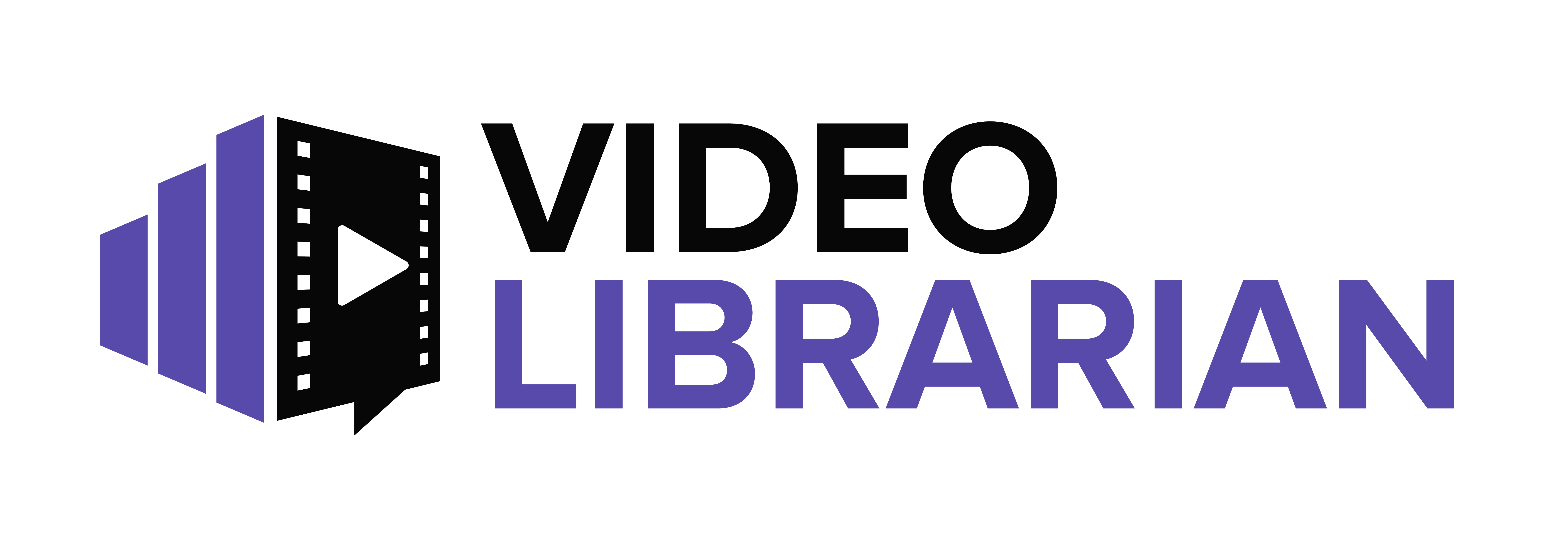Many documentaries exist about the relationship between migrant workers and agriculture in the United States, but how many have been made about the lumber industry? A Thousand Pines delves into this often-overlooked sector of migrant labor. A crew of workers with temporary visas hailing from Oaxaca, Mexico spend a season planting pine saplings for the lumber and paper industry.
The camera is never far behind, joining the crew on long van rides, trips to the money order shop, out in the fields, and in the hotels they call home. Raymundo Morales is the crew’s foreman, and he serves as the focus of the documentary. Following Raymundo and the others, we get a first-hand glimpse into the arduous and dangerous labor that makes the paper-based supermarket staples our country consumes at record rates.
Filmmaking duo Sebastián Díaz Aguirre and Noam Osband show their documentary filmmaking chops in A Thousand Pines. I didn’t want to look away. Each shot did something, showing us the labor or the emotions of the men who do it. There was some interesting discussion about the industry as a whole, but given the relatively short runtimes of the documentary, it felt almost tacked on in its lack of substance. I think a bit more explanation and education about how the industry formed and came to so frequently use (and sometimes abuse) migrant labor would have been worth the additional length.
This is a story that needs to be told, however, and any college professor teaching a class that touches on migrant labor, the rights of migrants in America, or the paper industry would benefit from showing this documentary in the classroom. Winner of Best Documentary at the Alameda International Film Festival and the Buffalo International Film Festival, A Thousand Pines belongs in any library’s documentary collection. Highly Recommended.
How can A Thousand Pines be integrated into public libraries’ collection development?
A Thousand Pines addresses the crucial but underexplored topic of migrant labor in the lumber industry, making it an essential addition to public library collections. It complements materials on agricultural labor, economic exploitation, and environmental industries, appealing to patrons interested in social justice, labor rights, and environmental sustainability.
What college courses and majors could benefit from using A Thousand Pines?
The documentary would be an invaluable resource for college courses in sociology, anthropology, labor studies, environmental science, and American studies. Professors teaching about migrant labor, industrial economics, or the intersection of human rights and environmental exploitation could use it to provide a grounded, human perspective on these issues.
How could Parks and Recreation programs use A Thousand Pines in their educational initiatives?
Parks and Recreation programs could use A Thousand Pines in events focused on forestry and environmental education, highlighting the labor behind reforestation efforts. It could also serve as a conversation starter in community discussions about sustainability, labor rights, and the challenges faced by migrant workers in natural resource industries.
What are the Public Performance Rights (PPR) considerations for screening A Thousand Pines?
Screening A Thousand Pines for public audiences requires obtaining Public Performance Rights (PPR). This ensures compliance with copyright laws and allows libraries, colleges, and community organizations to legally share the documentary with broader audiences.
How could A Thousand Pines enhance special events on college campuses?
A Thousand Pines could be featured in campus events focused on social justice, environmental awareness, or labor history. Pairing the film with panel discussions featuring experts on migrant labor or sustainability would create a dynamic and educational experience for students and faculty alike.
Why is A Thousand Pines a strong candidate for movie licensing?
As a compelling documentary that highlights the often-overlooked lives of migrant workers in the lumber industry, A Thousand Pines is a strong candidate for licensing. Its awards from film festivals and its rich visual storytelling ensure its relevance for educational institutions, public libraries, and organizations advocating for labor rights and environmental justice.



